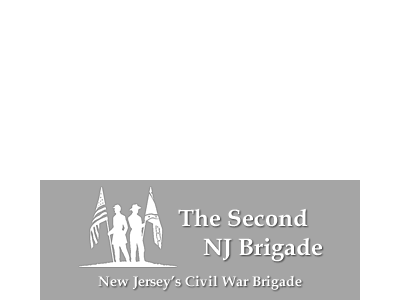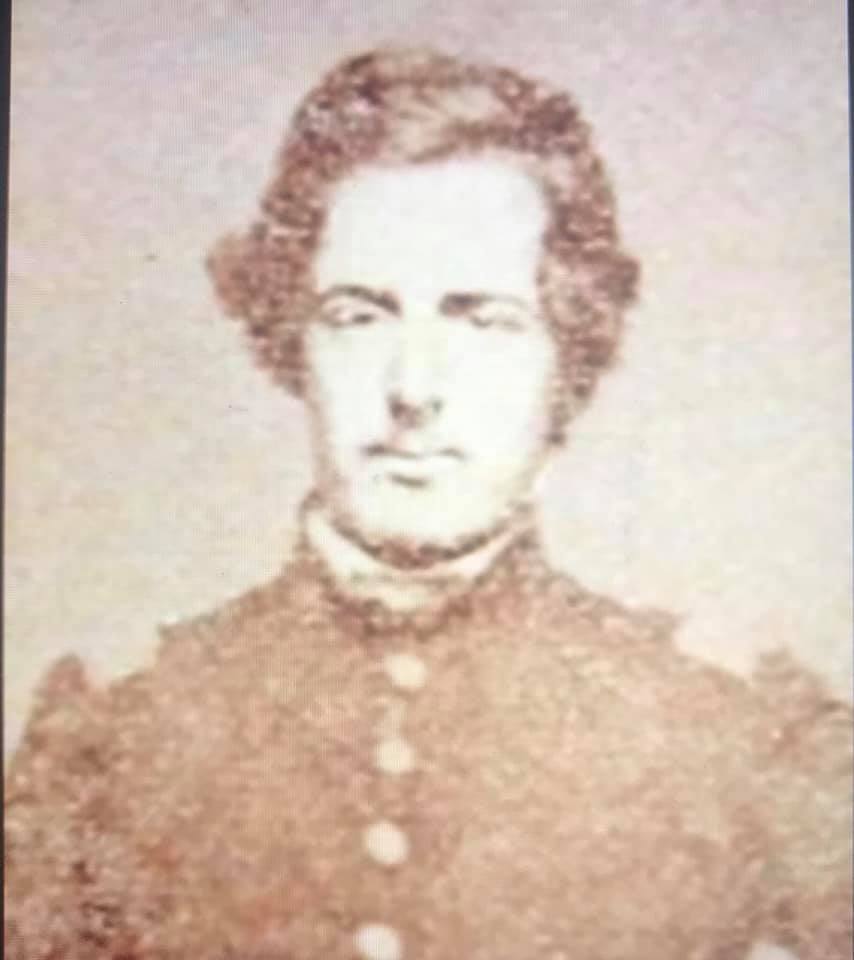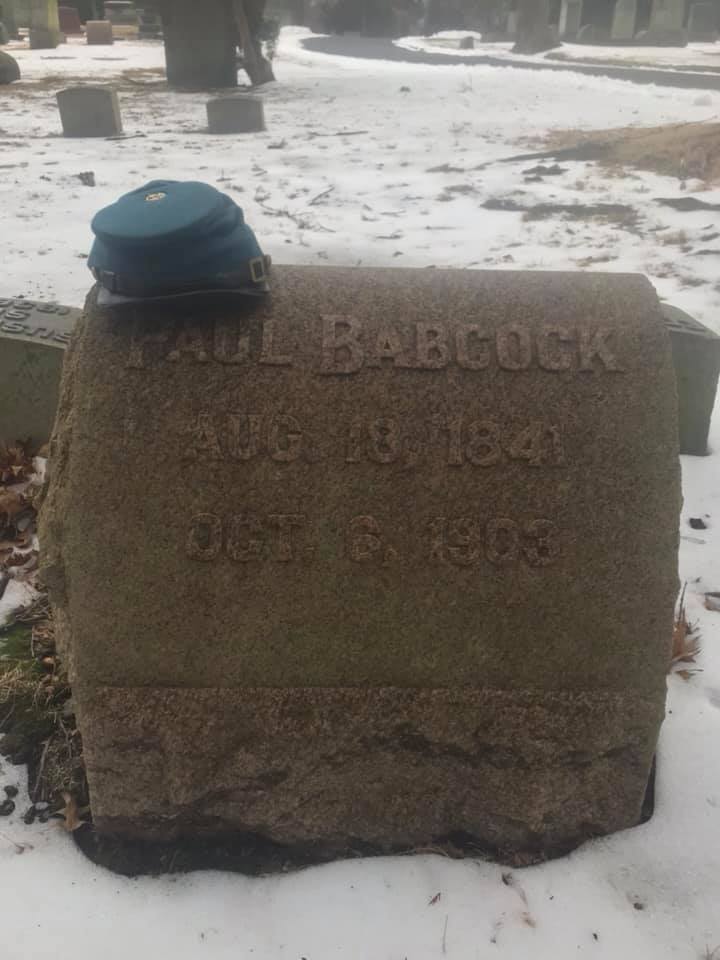Paul Babcock mustered into the 2nd New Jersey Militia on May 1, 1861, only days after the Confederate bombardment of Fort Sumter. He joined on a three-month enlistment and served as first defenses for Washington, DC. His unit was put in reserve during the July 1861 First Bull Run Campaign, and mustered out when his enlistment expired on July 31 of the same year.
Babcock re-enlisted in the 7th New Jersey Volunteer Infantry, being mustered in as it's Sergeant Major on September 10, 1861. He was soon promoted to 1st Lieutenant of Company B two months later. Babcock served with Company B through the spring and summer campaigns of 1862, where Babcock was involved in the Battles of Williamsburg, Fair Oaks, Malvern Hill, and Second Bull Run.
On August 28, 1862, Babcock was promoted to Captain and transferred to lead the Company. He commanded the unit through the December 1862 Fredericksburg Campaign, the May 1862 Battle of Chancellorsvile, and the July 1863 Battle of Gettysburg.
On September 24, 1863 Babcock resigned his New Jersey commission and was appointed as a Captain in the United States Signal Corps. He was then named Chief Signal Officer for the Army of the Cumberland, a role he performed until his resignation. On March 13, 1865 he was brevetted Major, US Volunteers for his war service.
Little is known about his life after service.
He is buried in the Mount Hebron Cemetery in Montclair, NJ.


